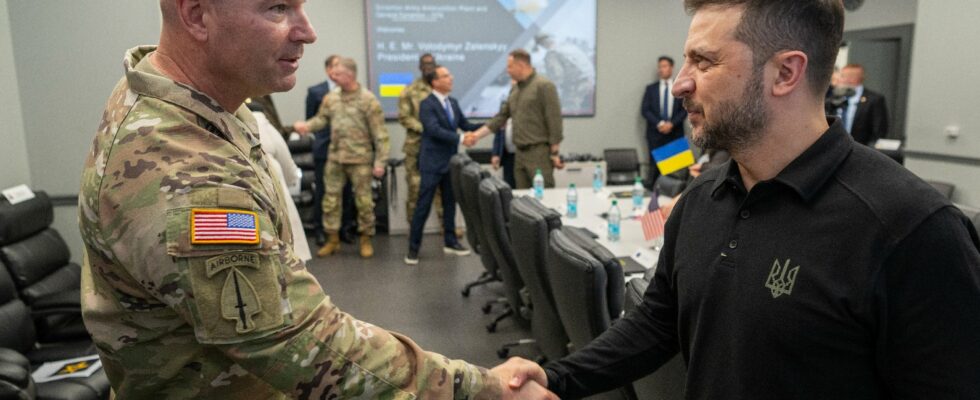They have been demanding it for months. Will the Ukrainians finally get the United States to lift restrictions on the use of long-range missiles that the West is already supplying them with? This is what Volodymyr Zelensky is hoping for with the presentation to US President Joe Biden of his “plan for Ukraine’s victory” on September 26 – he will also meet with Democratic candidate Kamala Harris and the Republican candidate, Donald Trump – while he is traveling to the United States for the United Nations General Assembly.
Until now, they could only use them against Russian targets on official Ukrainian territory, such as occupied Crimea; or on artillery batteries located on the other side of the border, near Kharkiv. Now, they will be able to attack, more deeply, logistical nodes, airfields from which Russian bombers take off, and other targets of military interest.
The munitions in question are important. They are the British Storm Shadow and the French Scalp – in fact the same missile with two different names – with a range of 500 km and an explosive charge of almost half a ton. Fired from Ukrainian fighter planes, the Sukhoi SU-24, these missiles have the advantage of being more resistant than others to jamming. They have already allowed the Ukrainians to destroy the headquarters of the Black Sea Fleet in Sevastopol. But according to specialists, they require the assistance of Western operators, which could be used by Moscow as proof of NATO’s direct involvement in the strikes.
More options in kyiv
This lifting of restrictions, which could also concern American ATACMS ground-to-ground missiles, with a range of 300 kilometers, is not, however, likely to change the course of the war on its own. Nor any weapon by itself. The delivery of German Leopard tanks had not allowed the Ukrainians to make a real breakthrough. If the American Himars multiple rocket launchers wreaked havoc, at the end of 2022, in the Russian depots and command centers, the latter were able to adapt by pushing their logistics centers beyond their range. After weeks of waves of attacks, nothing seems able to prevent the Russians from advancing in the Donbass to the city of Pokrovsk.
Nevertheless, the wider use of Western long-range missiles should give kyiv more options. “The Ukrainians already have the means to strike in great depth with their drones, but the Scalps, if there are enough of them, can weaken the offensive and defensive capabilities of the Russians,” explains Léo Péria-Peigné, researcher at the French Institute of International Relations and author of Geopolitics of Armament (Ed. Le Cavalier Bleu). If they want to properly supply their front with shells, the Russians cannot place all their ammunition depots hundreds of kilometers away.”
Vladimir Putin warned that the American green light “would mean nothing less than direct involvement of NATO countries in the war in Ukraine”. The Russian president promised a response “according to the threats”. Up to a direct confrontation with the West? In Washington, the fear of leading to the use of the atomic bomb by Russia remains strong. It is not certain that this is a real red line, while the invasion of the Kursk Oblast by Ukraine – a first since the Second World War – did not lead to any conventional or nuclear escalation. “It’s a bluff, believes Léo Péria-Peigné. Moscow would have everything to fear from a direct confrontation with NATO.” It is true that its forces remain concentrated on the Ukrainian front.
